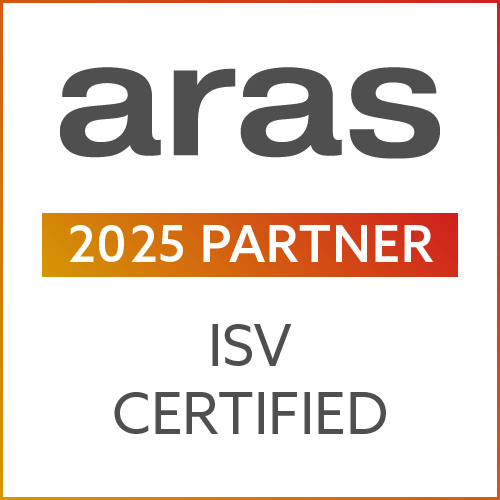In order to provide required cross-functional and multi-disciplinary process synchronization and data management, PLM systems must integrate with other systems, including enterprise systems and authoring tools, such as CAD. This is achieved by means of application programming interfaces (APIs).
- Federation services can be used to define target objects in legacy applications as Item properties in Aras
- Web services are available for systems that require access to data or files stored in Aras
- A DLL version of the API is available as an alternative to web services












